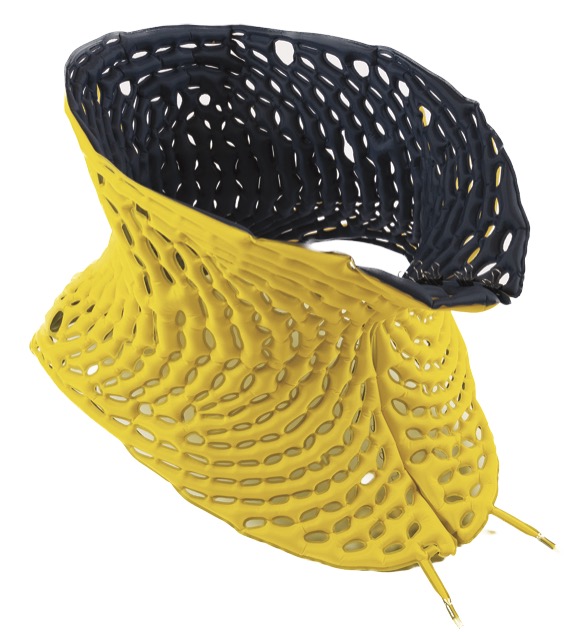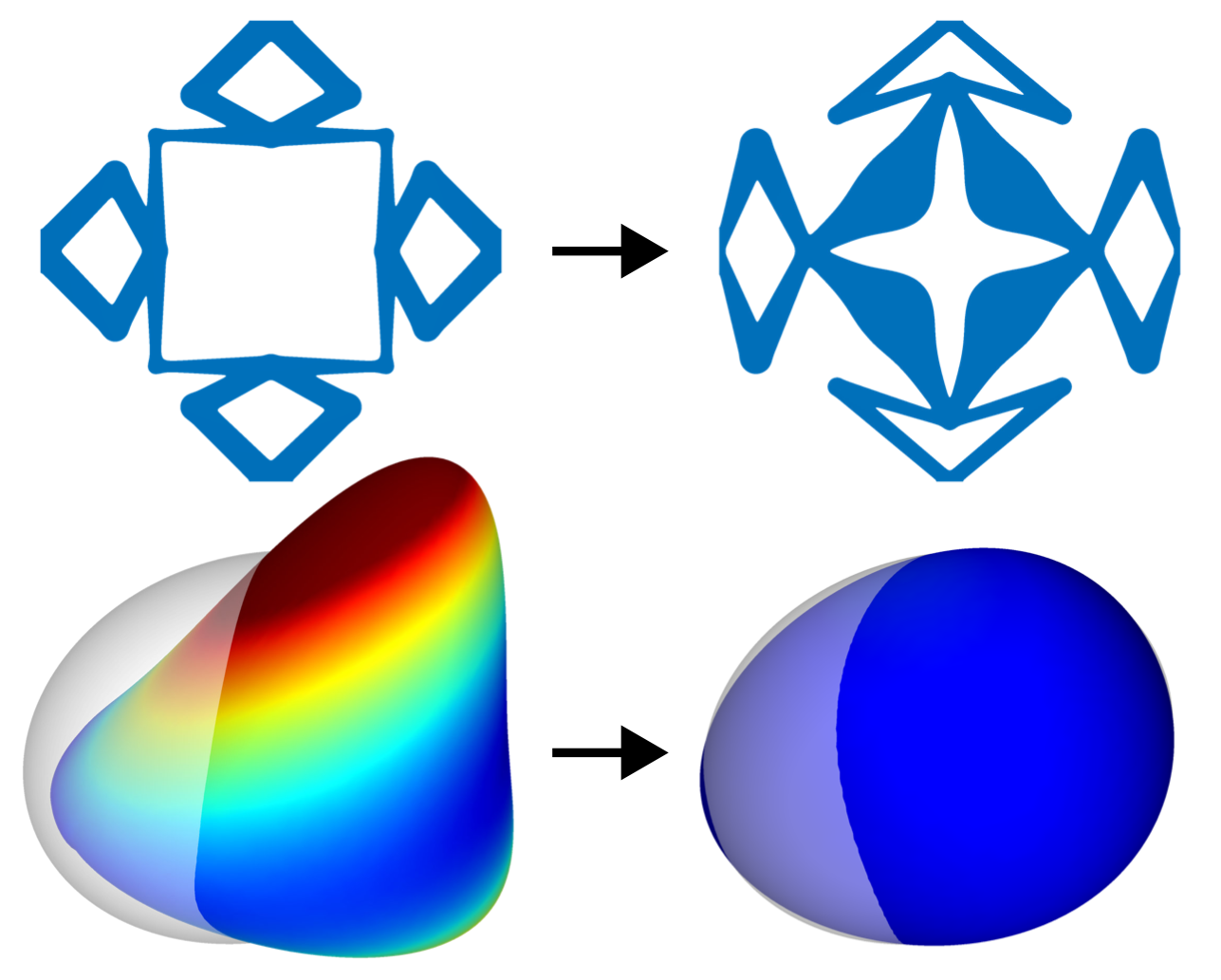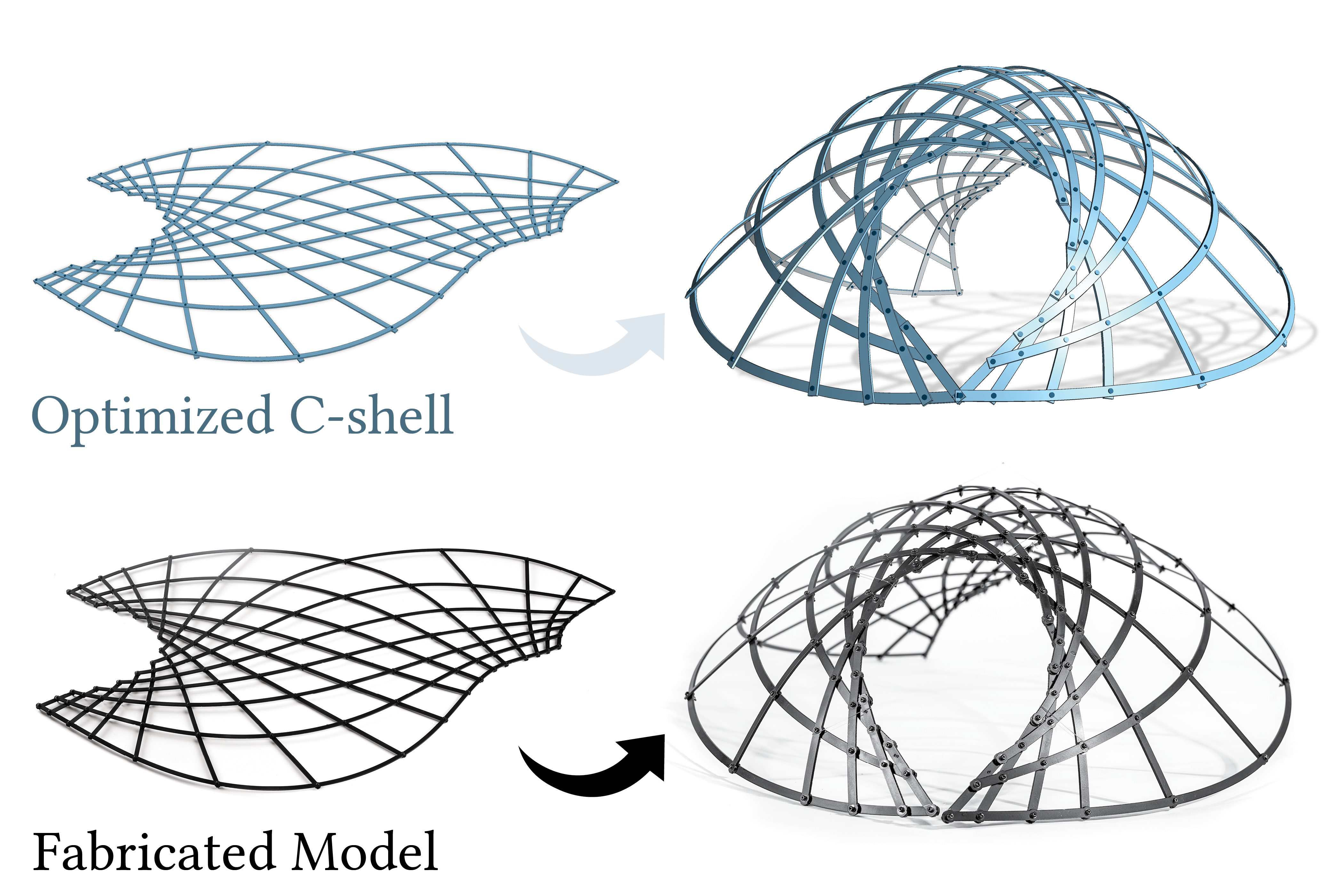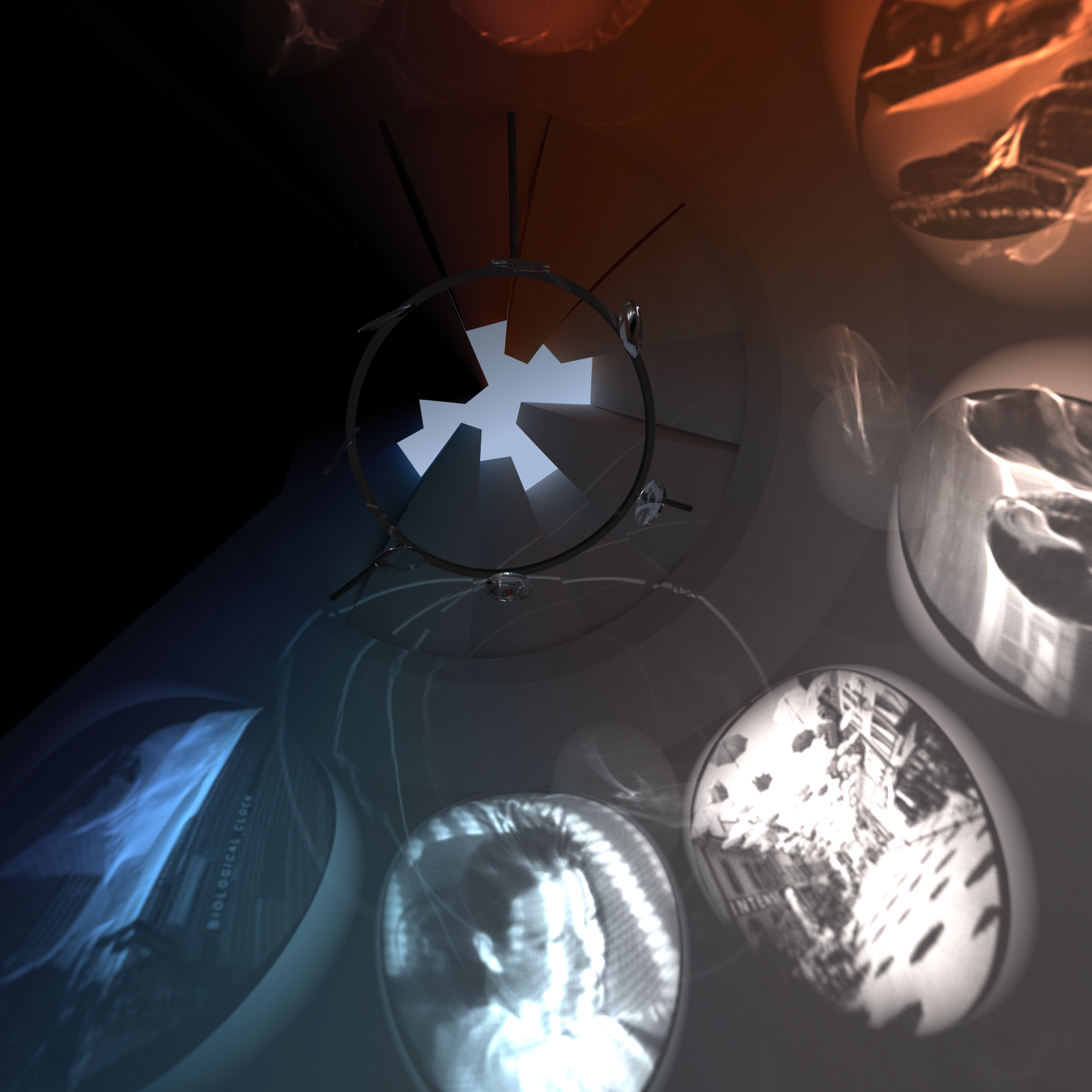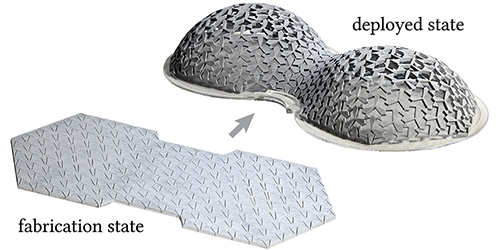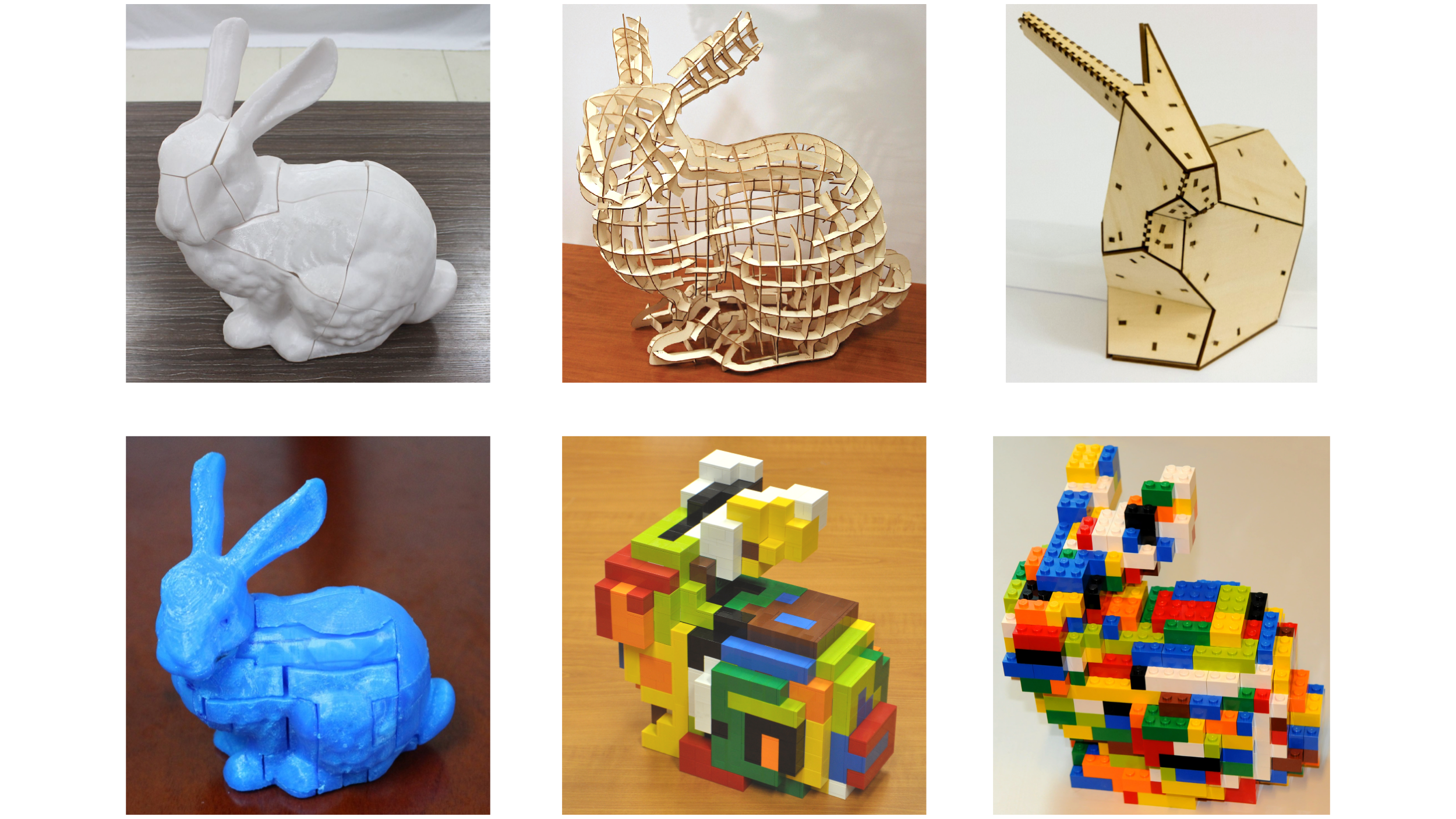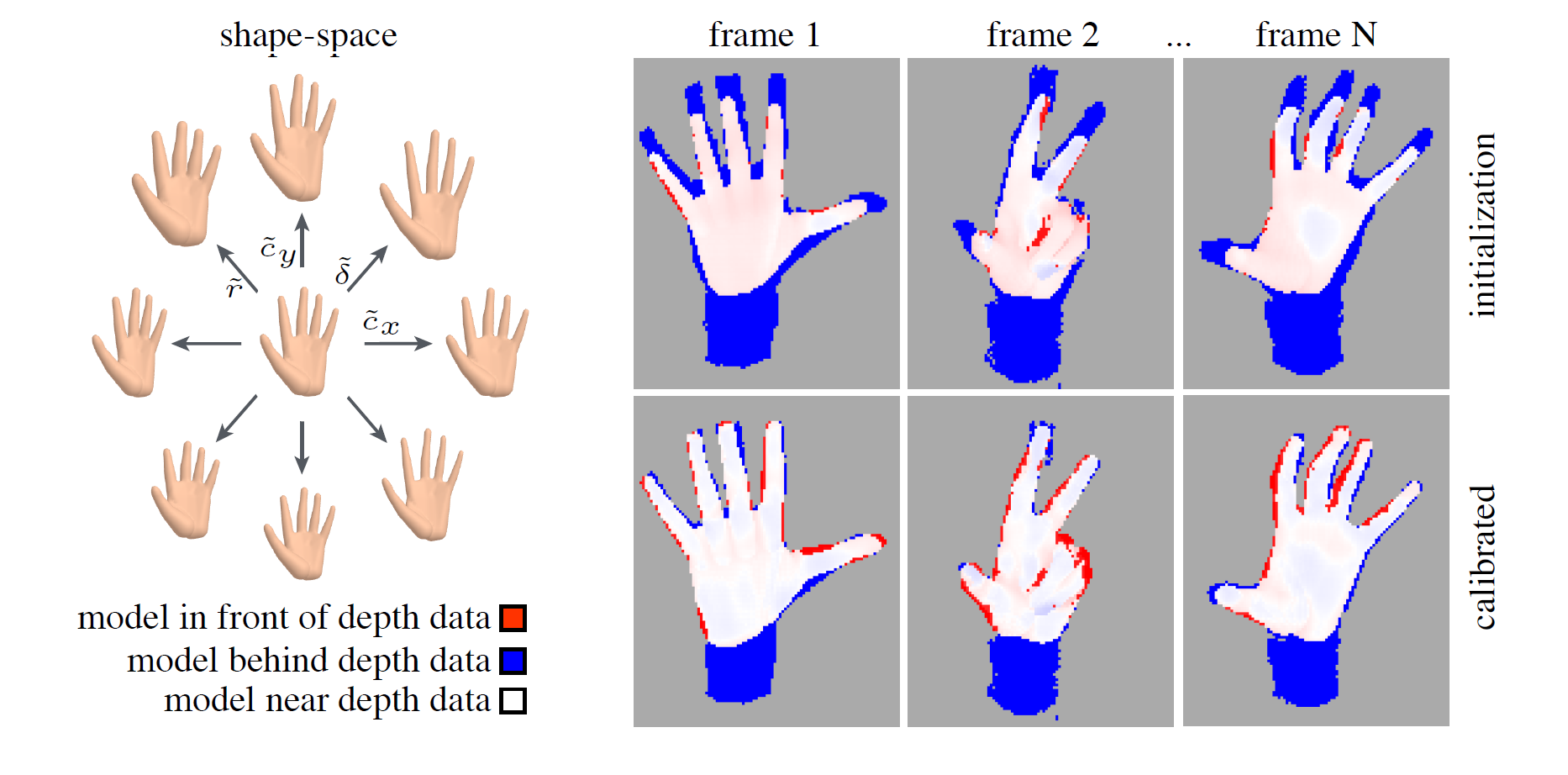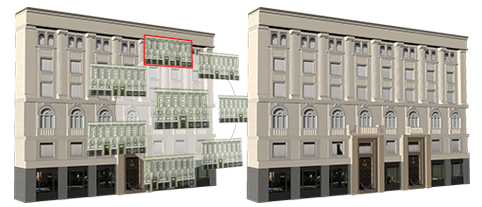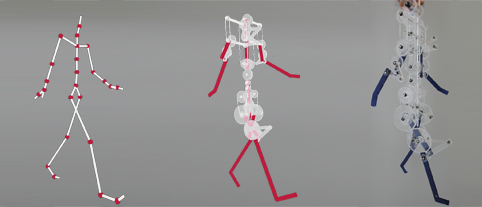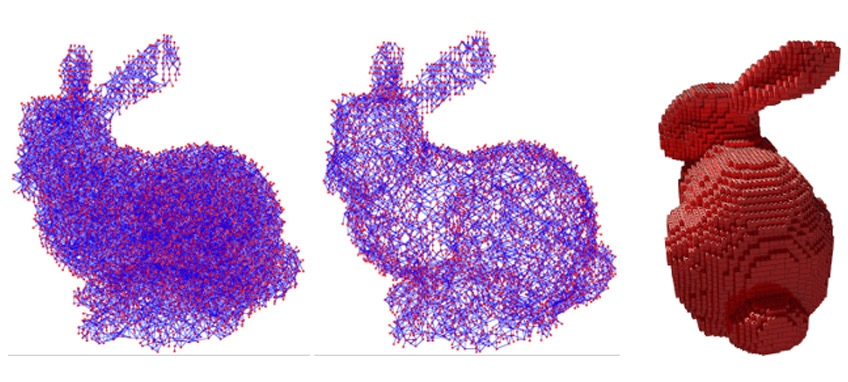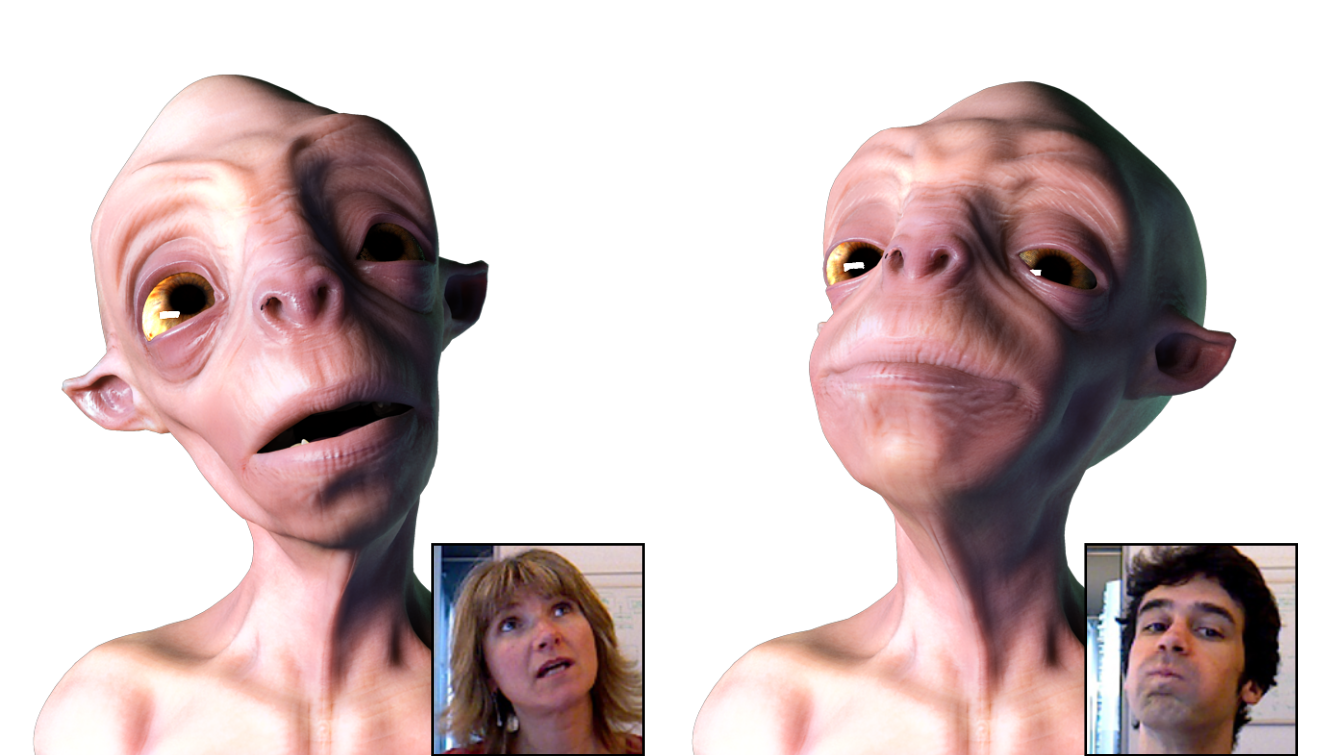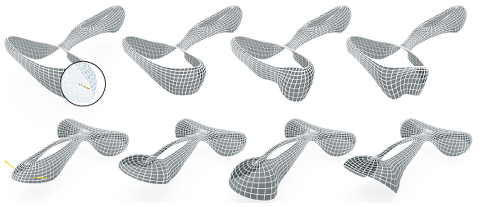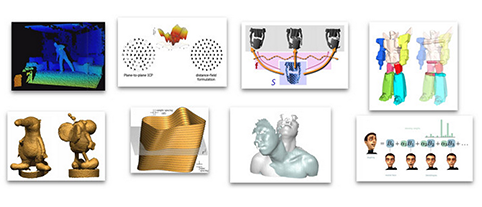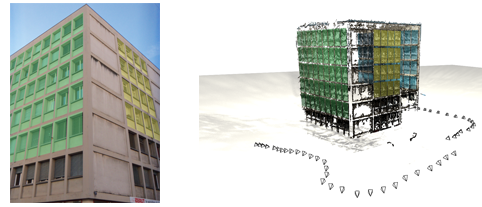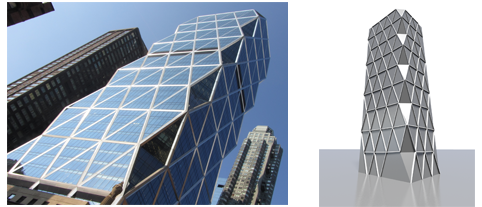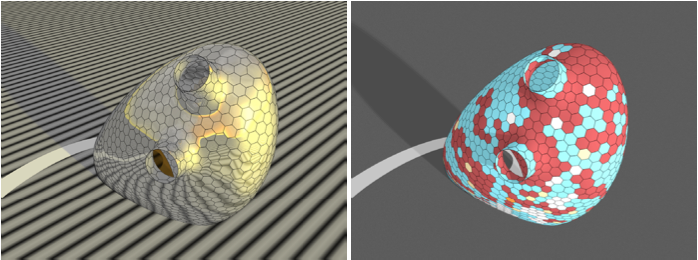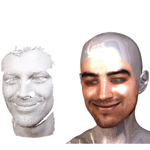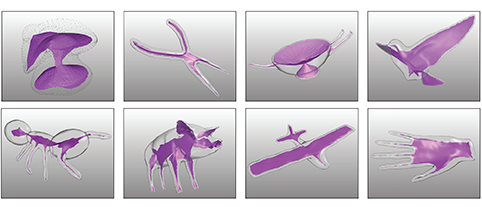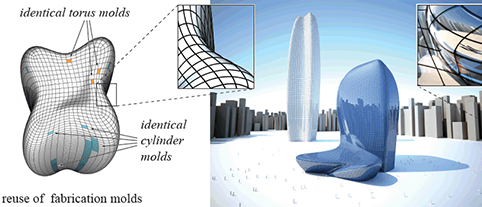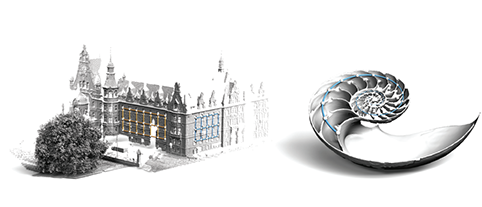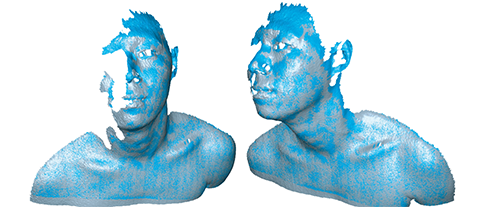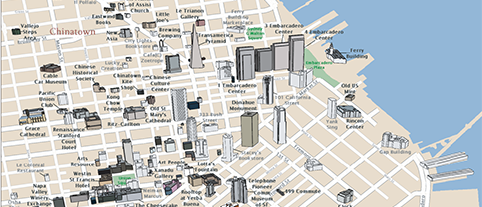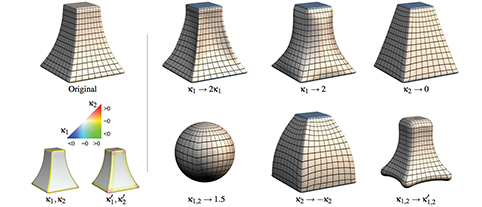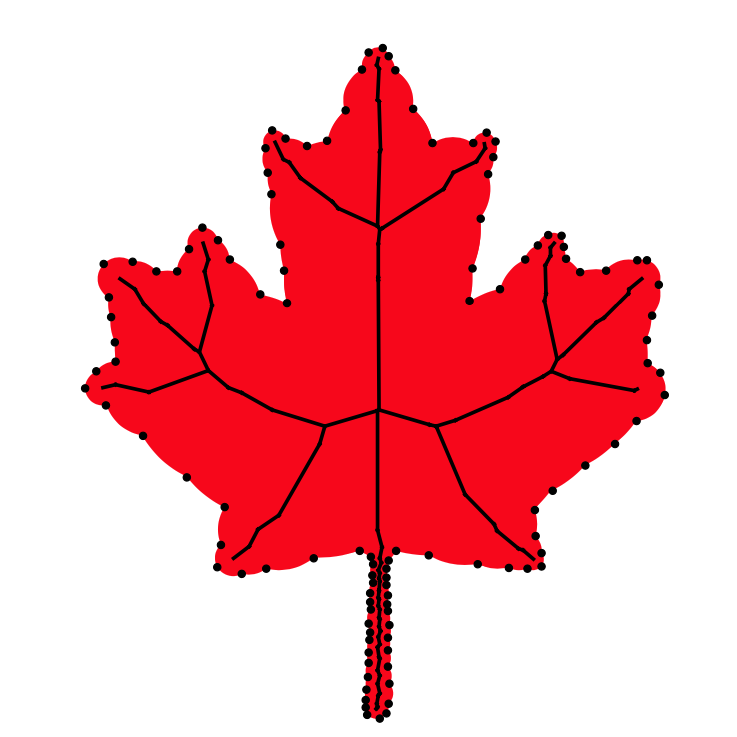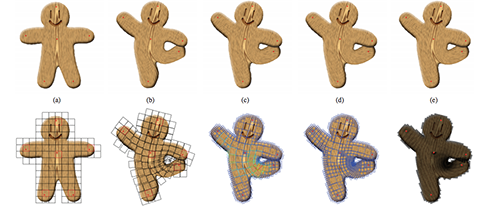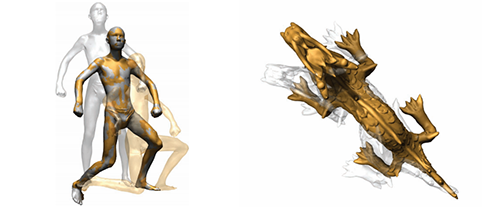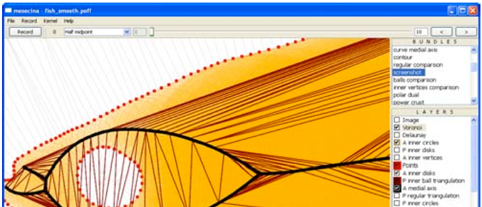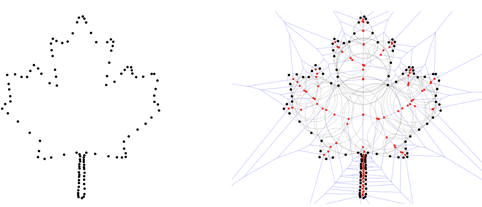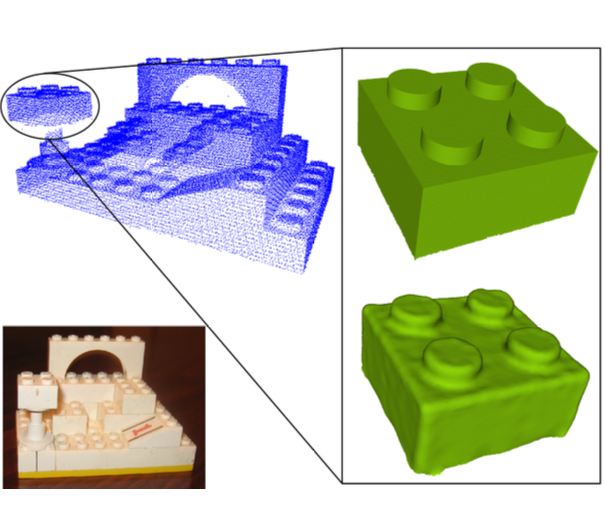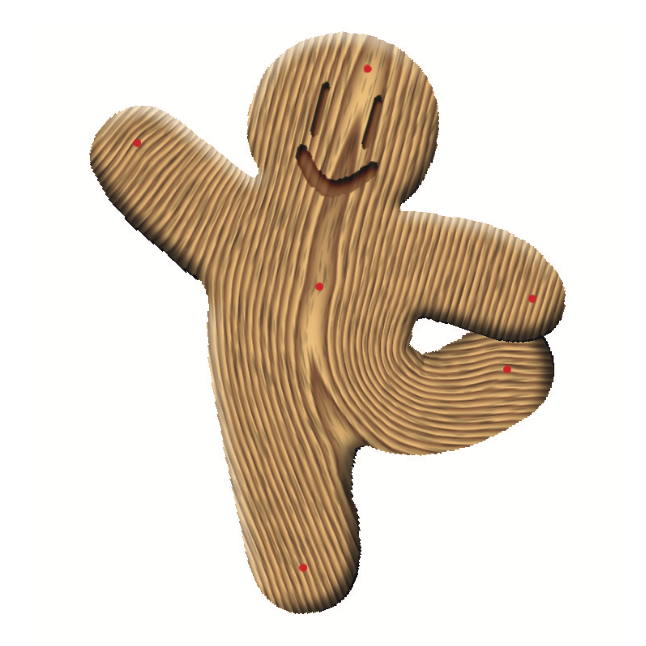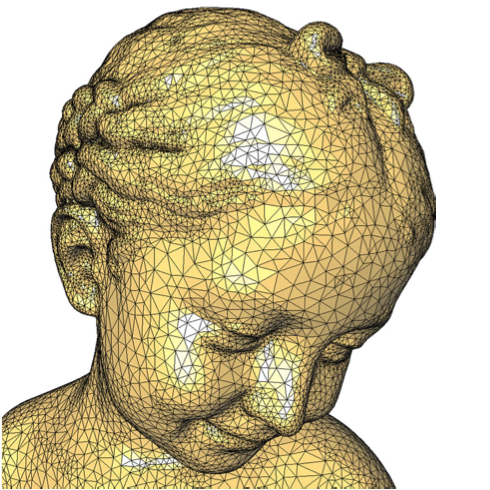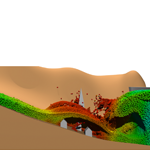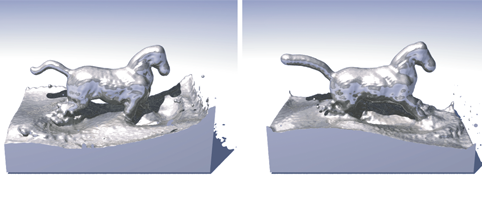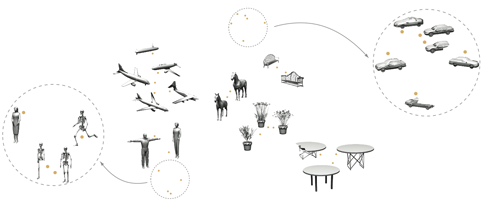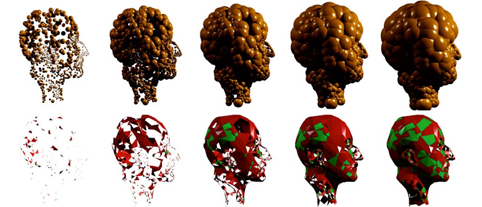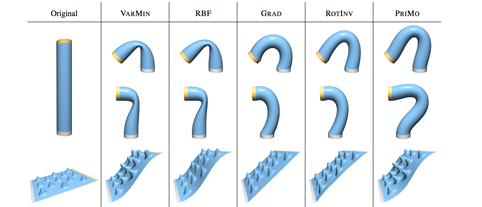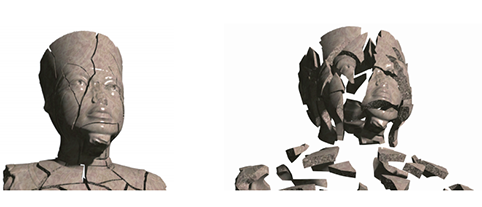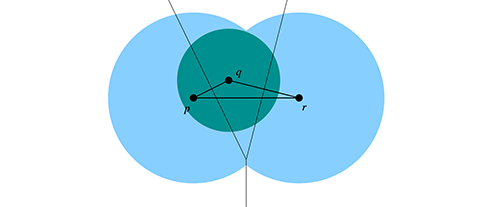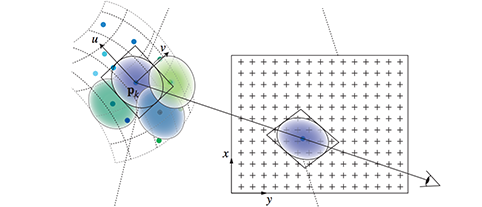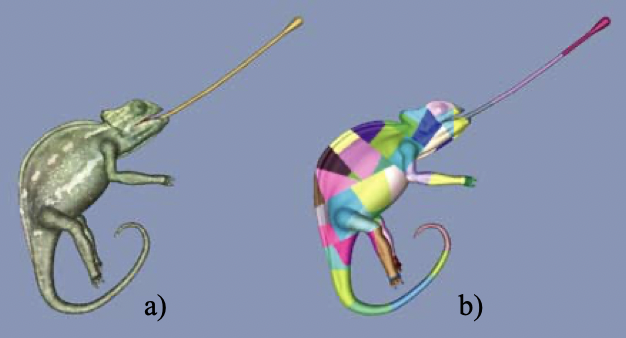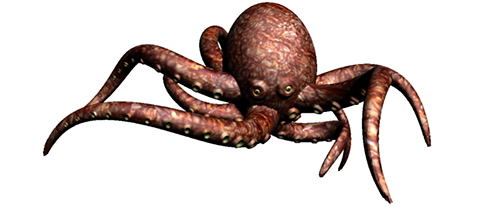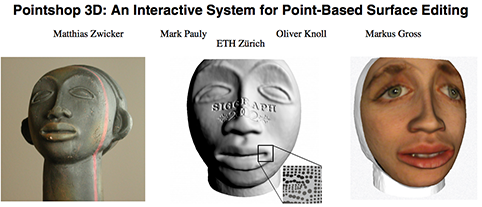Mark Pauly

Full Professor
EPFL IC IINFCOM GCM
BC 348 (Bâtiment BC)
Station 14
1015 Lausanne
+41 21 693 52 34
+41 21 693 75 21
Office:
BC 348
EPFL
>
IC
>
IINFCOM
>
GCM
Web site: Web site: https://www.epfl.ch/labs/gcm/
Web site: Web site: https://sin.epfl.ch
Web site: Web site: https://ssc.epfl.ch
EPFL > VPA-AVP-DLE > AVP-DLE-EDOC > EDIC-GE
Web site: Web site: https://go.epfl.ch/phd-edic
EPFL > VPA-AVP-DLE > AVP-DLE-EDOC > CDOCT
Web site: Web site: https://ic.epfl.ch/page10299.html
Fields of expertise
Biography
Mark Pauly is a full professor at the School of Computer and Communication Sciences at EPFL. Prior to joining EPFL, he was assistant professor at the CS department of ETH Zurich since April 2005. From August 2003 to March 2005 he was a postdoctoral scholar at Stanford University, where he also held a position as visiting assistant professor during the summer of 2005. He received his Ph.D. degree (with distinction) in 2003 from ETH Zurich and his M.S. degree (with highest honors) in 1999 from TU Kaiserslautern. His research interests include computer graphics and animation, shape modeling and analysis, geometry processing, architectural geometry, and digital fabrication. He received the ETH medal for outstanding dissertation, was awarded the Eurographics Young Researcher Award in 2006 and the Eurographics Outstanding Technical Contributions Award in 2016.CURRENT WORK
Research at the EPFL Geometric Computing Laboratory focuses on efficient representations, scalable data structures, and robust algorithms for digital 3D models. Our goal is to understand fundamental principles of geometric computing and leverage these insights to develop new algorithms and tools for 3D shape analysis, simulation, design, and fabrication. Our research explores the interface of several scientific disciplines, such as mathematics, computer science, materials science, and architecture to facilitate innovative computational design solutions for advanced manufacturing and construction.Awards
2023 : ACM SIGGRAPH Asia Best Paper Award Honorable Mention : ACM SIGGRAPH
2022 : ACM SIGGRAPH Best Paper Award Honorable Mention : ACM SIGGRAPH
2019 : IASS Form and Force Prize : International Association for Shell and Spatial Structures
2016 : Eurographics Outstanding Technical Contributions Award : Eurographics Association for Computer Graphics
2015 : SGP Best Paper Award : Symposium of Geometry Processing
2012 : AAG Best Paper Award : Symposium on Advances in Architectural Geometry
2009 : SCA Best Student Paper Award : ACM SIGGRAPH Symposium on Computer Animation
2006 : Eurographics Young Researcher Award : European Association for Computer Graphics
2006 : ETH medal
Publications
Infoscience publications
Human circadian rhythms and urban density: celebrating the natural day-night cycle
SBAU 2021 DATA Book; Seoul, South Korea: Seoul Metropolitan Government, 2021. p. 56-63.Computational Analysis and Design of Structurally Stable Assemblies with Rigid Parts
Lausanne, EPFL, 2021. DOI : 10.5075/epfl-thesis-8964.How to weave a perfect sphere with curved strips
2020-03-05. APS March Meeting 2020, Denver, Colorado, March 2-6, 2020.The Canopy Pavilion: A lightweight shading structure using a deployable auxetic linkage membrane
2020. Advances in Architectural Geometry 2020 (AAG 2020), Online, April 26-29, 2021. p. 376-390.Method of encoding a 3d shape into a 2d surface
US2020151290 . 2020.X-Shell, a new spatial deployable lattice compared to traditional reticulated shells
2019-10-07. Form and Force, joint International Conference: IASS Symposium 2019 (60th Anniversary Symposium of the International Association for Shell and Spatial Structures), Structural Membranes 2019 (9th International Conference on Textile Composites and Inflatable Structures), Barcelona, Spain, October 7-10, 2019. p. 1-8.
chi-Shell, a new spatial deployable lattice compared to traditional reticulated shells
2019-01-01. 60th Anniversary Symposium of the International-Association-for-Shell-and-Spatial-Structures (IASS SYMPOSIUM) / 9th International Conference on Textile Composites and Inflatable Structures (STRUCTURAL MEMBRANES), Barcelona, SPAIN, Oct 07-10, 2019. p. 1932-1939.Combinations of single-top-quark production cross-section measurements and |f$_{LV}$V$_{tb}$| determinations at $ \sqrt{s} $ = 7 and 8 TeV with the ATLAS and CMS experiments
Journal of High Energy Physics. 2019-05-16. DOI : 10.1007/JHEP05(2019)088.Computational Design of Auxetic Shells
Lausanne, EPFL, 2019. DOI : 10.5075/epfl-thesis-9662.Computational Design of Deployable Auxetic Shells
2018. Advances in Architectural Geometry 2018 (AAG 2018), Gothenburg, Sweden, September 22-25, 2018.Combination of inclusive and differential $ \mathrm{t}\overline{\mathrm{t}} $ charge asymmetry measurements using ATLAS and CMS data at $ \sqrt{s}=7 $ and 8 TeV
Journal of High Energy Physics. 2018-04-09. DOI : 10.1007/JHEP04(2018)033.Real-Time Generative Hand Modeling and Tracking
Lausanne, EPFL, 2018. DOI : 10.5075/epfl-thesis-8573.Double-layered timber plate shell. International Journal of Space Structures
International Journal of Space Structures. 2017-12-01. DOI : 10.1177/0266351117742853.Physics-based Reconstruction and Animation of Humans
Lausanne, EPFL, 2017. DOI : 10.5075/epfl-thesis-7880.Design of a refractive surface
US10732405 ; PL2963464 ; EP2963464 ; US2017139204 ; HK1220011 ; HK1219781 ; EP2963464 ; WO2016000926 ; EP2963464 ; EP2963463 . 2017.Visualization, Adaptation, and Transformation of Procedural Grammars
Lausanne, EPFL, 2017. DOI : 10.5075/epfl-thesis-7627.Building and Animating User-Specific Volumetric Face Rigs
2016-07-11. SCA '16: ACM SIGGRAPH/Eurographics Symposium on Computer Animation, Zurich, Switzerland, July 11 - 13, 2016. p. 107-117. DOI : 10.2312/sca.20161228.Modern techniques and applications for real-time non-rigid registration
2016. SIGGRAPH ASIA 2016 Courses, Macao, China, December 5-8, 2016. p. 1-25 (Article No.: 11). DOI : 10.1145/2988458.2988490.Measurements of the Higgs boson production and decay rates and constraints on its couplings from a combined ATLAS and CMS analysis of the LHC pp collision data at $ \sqrt{s}=7 $ and 8 TeV
Journal of High Energy Physics. 2016-08-05. DOI : 10.1007/JHEP08(2016)045.Online modeling for real-time facial animation
US2024212251 ; US11948238 ; CN110310349 ; US2023024768 ; US11348299 ; EP3518184 ; US2020160582 ; US10586372 ; AU2014277220 ; CN110310349 ; EP3518184 ; CN105900144 ; US2019156549 ; EP3005302 ; US10192343 ; US2017301125 ; US9734617 ; US2016350958 ; CN105900144 ; US9378576 ; AU2014277220 ; EP3005302 ; US2014362091 ; WO2014195018 . 2016.Exploratory Topology Modelling of Form-Active Hybrid Structures
2016. International Symposium on Novel Structural Skins - Improving Sustainability and Efficiency through New Structural Textile Materials and Designs', u'International Symposium on Novel Structural Skins - Improving Sustainability and Efficiency through New Structural Textile Materials and Designs. p. 71-80. DOI : 10.1016/j.proeng.2016.08.008.Advances in Architectural Geometry 2016
2016. Fifth edition of the AAG symposia.Analysis and Synthesis of Structured Variations in 3D Geometries
Lausanne, EPFL, 2016. DOI : 10.5075/epfl-thesis-6940.Combined Measurement of the Higgs Boson Mass in $pp$ Collisions at $\sqrt{s}=7$ and 8 TeV with the ATLAS and CMS Experiments
Physical Review Letters. 2015-05-14. DOI : 10.1103/PhysRevLett.114.191803.Computational Methods for Fabrication-aware Modeling, Rationalization and Assembly of Architectural Structures
Lausanne, EPFL, 2015. DOI : 10.5075/epfl-thesis-6685.Realtime Face Tracking and Animation
Lausanne, EPFL, 2015. DOI : 10.5075/epfl-thesis-6666.Interactive Architectural Modeling from Point Clouds
2015Robust Articulated-ICP for Real-Time Hand Tracking
2015Fabrication-Aware Design with Performative Criteria
Lausanne, EPFL, 2015. DOI : 10.5075/epfl-thesis-6429.Method of producing a reflective or refractive surface
ES2970107 ; HUE064993 ; PL2711745 ; RS65105 ; PT2711745 ; DK2711745 ; EP2711745 ; US9576553 ; EP2711745 ; EP2711745 ; US2014071155 . 2014.Semi-Supervised Facial Animation Retargeting
2014Computational Shape Understanding for 3D Reconstruction and Modeling
Lausanne, EPFL, 2014. DOI : 10.5075/epfl-thesis-6259.Symmetry in Shapes-Theory and Practice
2013. Eurographics 2013, Girona, Spain, May 6-10, 2013.Architectural Caustics — Controlling Light with Geometry
2012. 3rd AAG Advances in Architectural Geometry conference, 2012. p. 91-106. DOI : 10.1007/978-3-7091-1251-9_7.Computing correspondences in geometric data sets
2011. Eurographics 2011 (32nd annual conference of the European Association for Computer Graphics), Landudno (Wales), April, 11-15, 2011.Dynamic hair capture
2011Photo-Realistic Real-time Face Rendering
2011Geometric modeling based on triangle meshes
2006. ACM SIGGRAPH 2006. p. 1-es. DOI : 10.1145/1185657.1185839.Deformation transfer for detail-preserving surface editing
Vision, Modeling & Visualization. 2006.Resolution-independent detail preservation for 3D shape editing
2006Uncertainty and variability in point cloud surface data
2004. Eurographics symposium on point-based graphics, 2004.Interactive 3D painting on point-sampled objects
2004-06-02. First Eurographics conference on Point-Based Graphics, June 2, 2004.Bounds on the k-neighborhood for locally uniformly sampled surfaces
2004-06-02. Symposium on Point-Based Graphics (SPBG 2004), Zürich, Switzerland, June 2-4, 2004.Point-based computer graphics
2004. SIGGRAPH04: Special Interest Group on Computer Graphics and Interactive Techniques, Los Angeles CA, August 8-12, 2004. p. 7. DOI : 10.1145/1103900.1103907.Point-based computer graphics
2002. EUROGRAPHICS 2002, Saarbrücken, Germany, September 2-6, 2002. DOI : 10.2312/egt.20021060.Teaching & PhD
Teaching
Computer Science
Communication Systems


